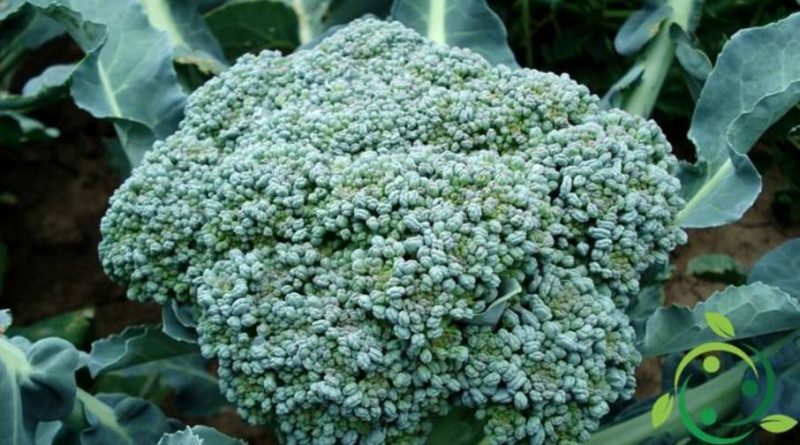How to grow broccoli in a biological way
How to grow broccoli in a biological way
Broccoli (Brassica oleracea var. italica), also called broccoli cabbage, is a variety of Brassica oleracea very cultivated and used in Italy. In this sheet we will see how to grow broccoli in a biological way and the necessary precautions. The broccoli have nutritional properties of the highest importance; we remember, in particular, the presence of many natural antioxidants that make them excellent for combating cellular aging and very useful in preventing tumors. Broccoli is also rich in minerals, fibers and B vitamins.
Broccoli is an undemanding plant in terms of soil fertility but the soil where it is grown must have excellent permeability. The soil where to grow broccoli must have good permeability and drain the excess water. For a good economy and rotation, it is advisable to rotate this crop to plants which are instead abundantly fertilized in order to use the remaining fertility (eg after cucurbitaceae).
The sowing of the cabbage is then carried out at the beginning of summer, between June and July. We recommend the preparation of a seedbed and subsequent transplanting a month or so later. In this case it is sufficient to place 2-3 seeds in honeycomb containers in which to put some soil for vegetables and then transplant, leaving the plant more robust. For implantation we recommend distances of 60-70 cm between one plant and another.
Among the herbal control techniques we recommend mulching with straws (or leaves) instead of weeding. This technique protects the roots more (even from parasitic attacks), requires less use of water, reintegrates at the end of cultivation a good part of organic matter. If the mulching is not carried out with the weedings, the plants must be backed up. In this way the irrigation of the hot months can be diminished with obvious ecological benefits.
Among the adversities we remember above all the cabbage (the characteristic green caterpillars), and the night; these larvae can be combated with bacillus thuringiensis to be spread in the evening hours, a method allowed by organic farming. Other fasidiosi insects can be the trialeurodide (small white fly) and the aphids; against these you can act optimally with a company preparation based on nettle macerate.
Against fungal diseases (especially septoria and alternaria) it is necessary to operate making the ground more permeable and with horsetail maceration.
The inflorescences are collected from the broccoli plant, to be removed when the flowers first open. After the first harvest, the plant can reject other plants laterally from the side parts. The harvesting period is from October until December and in the southern regions it can also be reached in winter.

